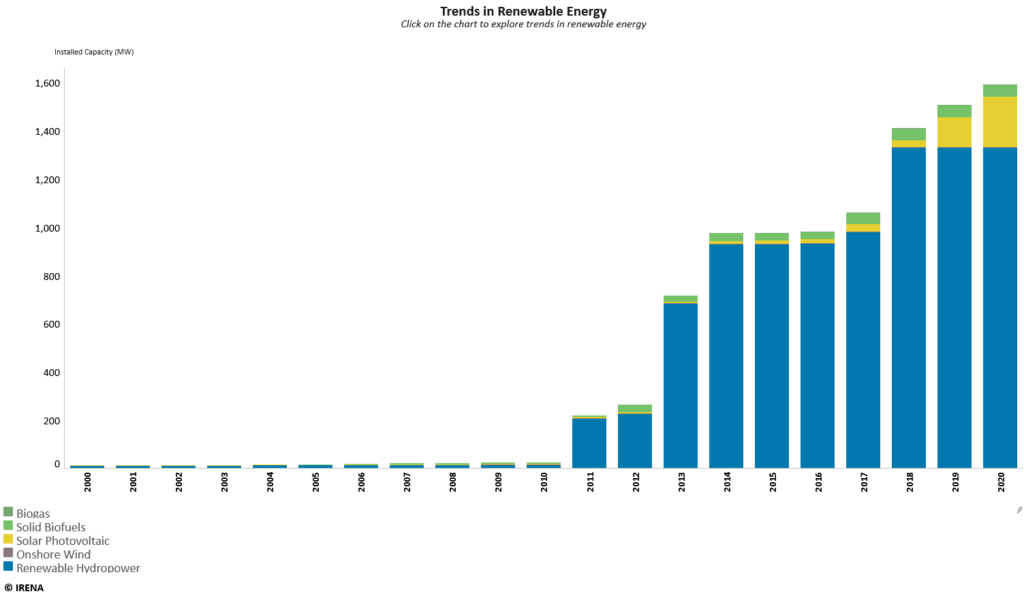Renewable Energy in Cambodia – Opportunities and Challenges
21 February 2022 – by Viktor Tachev Comments (0)
The increased adoption of renewable energy in Cambodia is one of Southeast Asia’s success stories. And in particular, amongst the countries in the Association of Southeast Asian Nations (ASEAN), the region’s collective political and economic group. Thanks to hydropower, Cambodia is in an exclusive club of countries with more renewable energy sources that make up significant shares of their energy mix.
Solar Energy Sector in Cambodia
With the recent solar power boom, Cambodia has set solid fundamentals to meet growing energy demand using clean energy systems. Naturally, some challenges remain; however, the country has ambitious plans. Cambodia will create substantial opportunities for green energy financiers and the clean energy market if it follows through.
Current Status of Renewable Energy in Cambodia – Biomass Energy and Solar Power
As of 2021, Cambodia saw over 51% of the country’s domestic energy production come from renewable sources. The majority was sourced from hydropower (44.17%), while solar and biomass accounted for around 7%.
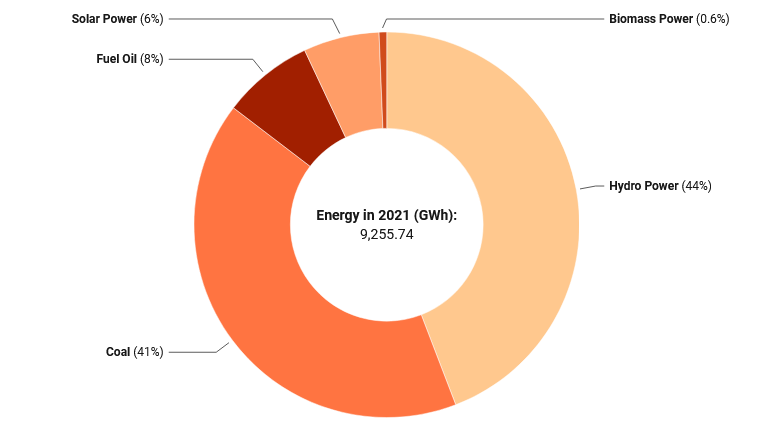
Even though renewables now make up most of Cambodia’s energy, bigger ambitions are ahead. An additional 495 megawatts (MW) of electricity generation from seven solar power plants will be online by 2023. This will boost solar power’s share to 20% of installed power capacity. By 2030, however, Cambodia is aiming to have 1,815 MW of solar energy on its national grid.
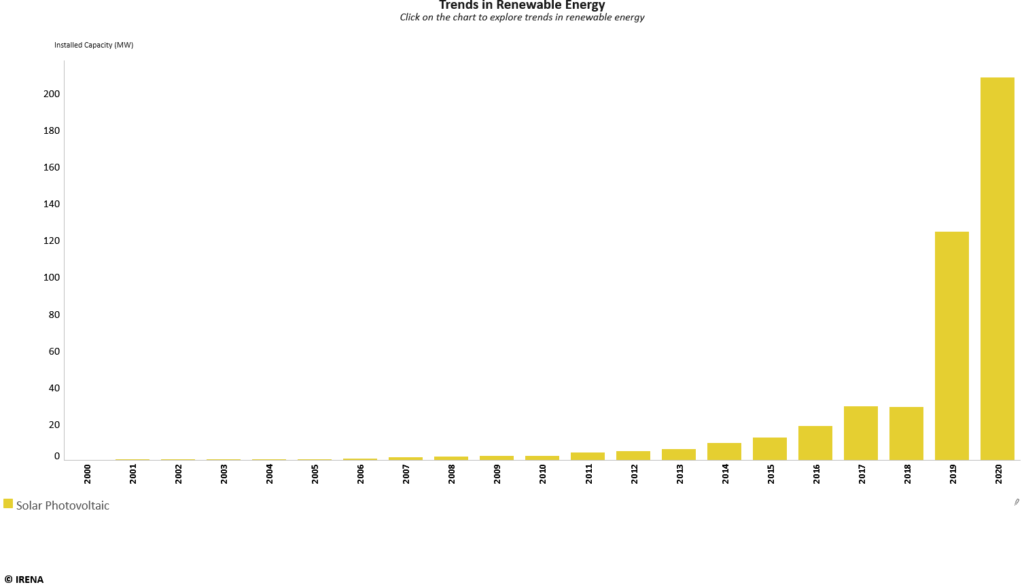
The Challenges
Cambodia’s Electricity Demand and Fossil Fuels
Over the past 15 years, Cambodia’s rapid population and economic growth have led to a tenfold increase in electricity demand. This has proved challenging, and despite its admirable renewable energy progress, Cambodia is far from total decarbonisation. Unfortunately, this trend will continue for some time. In September 2021, the Minister for Ministry of Mines and Energy, Suy Sem, emphasised fossil fuel needs in the near term, reflected in its new Power Development Plan (PDP).
Electricity Supply and Power System
Furthermore, the country’s electricity network lacks stability and often suffers from power cuts. However, cuts are avoidable with ongoing investments, but Cambodia is falling short. According to the Asian Development Bank (ADB), the state-run Electricite du Cambodge (EDC) should have invested USD 600 million for infrastructure upgrades over the last five years, yet failed to do so.
Energy Prices
Cambodia also suffers from high and often very volatile power costs. Electricity prices, in 2020, reached both their lowest and the highest levels in the last 15 years. Meanwhile, gas prices in 2021 were tenfold higher than their 2020 levels making life for everyday Cambodians even harder. Overall, compared to its Southeast Asian neighbours, the county’s electricity tariffs are significantly higher.

Climate Change Pledges
On a global level, Cambodia’s climate pledges remain insufficient and entirely rely on international financial support. In other words, the country cannot accelerate renewable energy adoption on its own. Building on this, clean energy awareness across Cambodia is low, along with a high-risk perception amongst financiers and project developers.
The Opportunities
Clean Energy
Regardless of the challenges, Cambodia’s opportunities are boundless. Opening new doors for clean energy, in October 2021, Suy Sem, the Minister for Mines and Energy, pledged to end approvals for new coal-fired power plants. This is a part of the government’s intention to increase the utilisation of clean energy to “the maximum extent possible”.
Energy Supply and Energy Storage Systems
Additional focus areas include making fossil fuels cleaner, developing batteries and energy storage systems, and focusing on energy efficiency. Through such measures, authorities aim to target the energy supplies’ security, accessibility, affordability, and reliability across Cambodia.
Solar Power in Cambodia
Solar power, too, has a vast untapped technical potential at 65 gigawatt-hours (GWh) per year. In other words, with up to eight hours of sunlight per day, Cambodia has some of the richest solar resources in Southeast Asia.
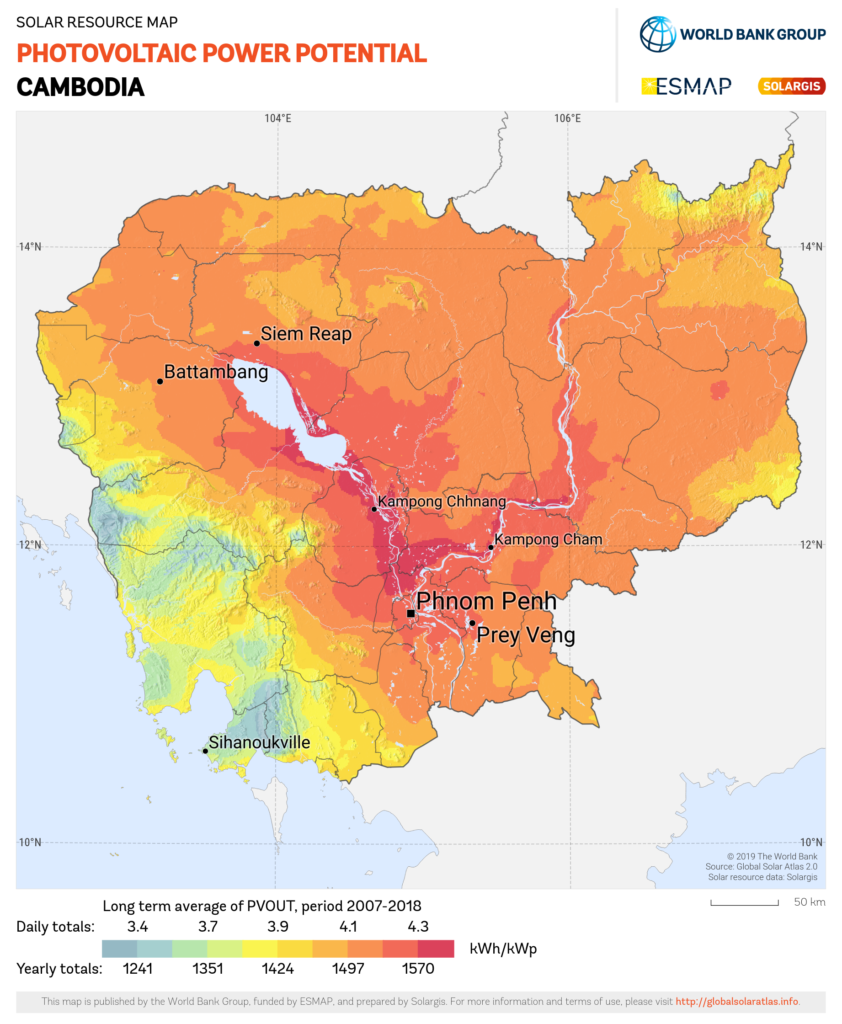
Wind Power in Cambodia
Wind power also remains untapped and among the least explored renewable energy resources. In terms of total annual electrical capacity, the potential for wind power reaches up to 3,665 GWh.
Fortunately, these opportunities aren’t likely to merely remain on paper. Cambodia, through experience, has shown that its energy system is highly adaptable. Two decades ago, just 17% of its population had access to the electricity grid—today, it is 76%.
What to Expect from Cambodia’s Renewable Energy – Policy
According to the Energy Transition Index, Cambodia still has work to do on virtually every aspect of the energy transition. However, the outlook is bright due to internal and external triggers that will speed up Cambodia’s green future in the coming years.
First, the government aims to open up more opportunities for collaboration with private sector to mobilise greater investment and financing. Secondly, it halted two planned hydropower dams and pledged to avoid building new hydropower dams on the Mekong River for the next decade due to biodiversity concerns.
One of the leading factors leading to Cambodia’s energy policy shift is China’s decision to halt funding overseas coal projects. Cambodia was a major benefactor of this Chinese policy. Additionally, many international brands with operations in the country like Adidas, Puma, H&M and Nike also pressured the government to limit fossil fuel use and extend clean energy efforts.
In their own ways, all these factors are paving the way for renewables, particularly solar power, to boom in the next decade. Already, there is growing awareness about solar energy in Cambodia, providing an excellent investment opportunity—while also the cheapest way for Cambodia’s EDC to buy electricity. Solar power purchase agreements in the region reached a low of USD 0.0387/kWh. Finally, solar can also change the lives of rural communities by providing a reliable and sorely needed energy solution.
Going forward, Cambodia has potential. However, to capitalise on it, the country needs to diversify its clean energy mix and crucially win support from international financiers. Cambodia is bound to open up abundant opportunities for the investors already on board.
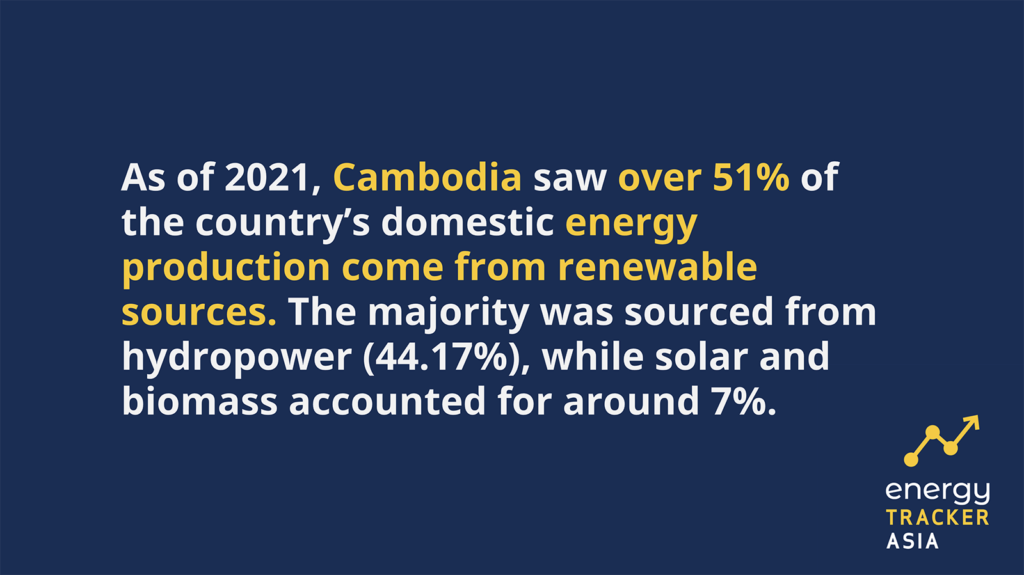
by Viktor Tachev
Viktor has years of experience in financial markets and energy finance, working as a marketing consultant and content creator for leading institutions, NGOs, and tech startups. He is a regular contributor to knowledge hubs and magazines, tackling the latest trends in sustainability and green energy.
Read more